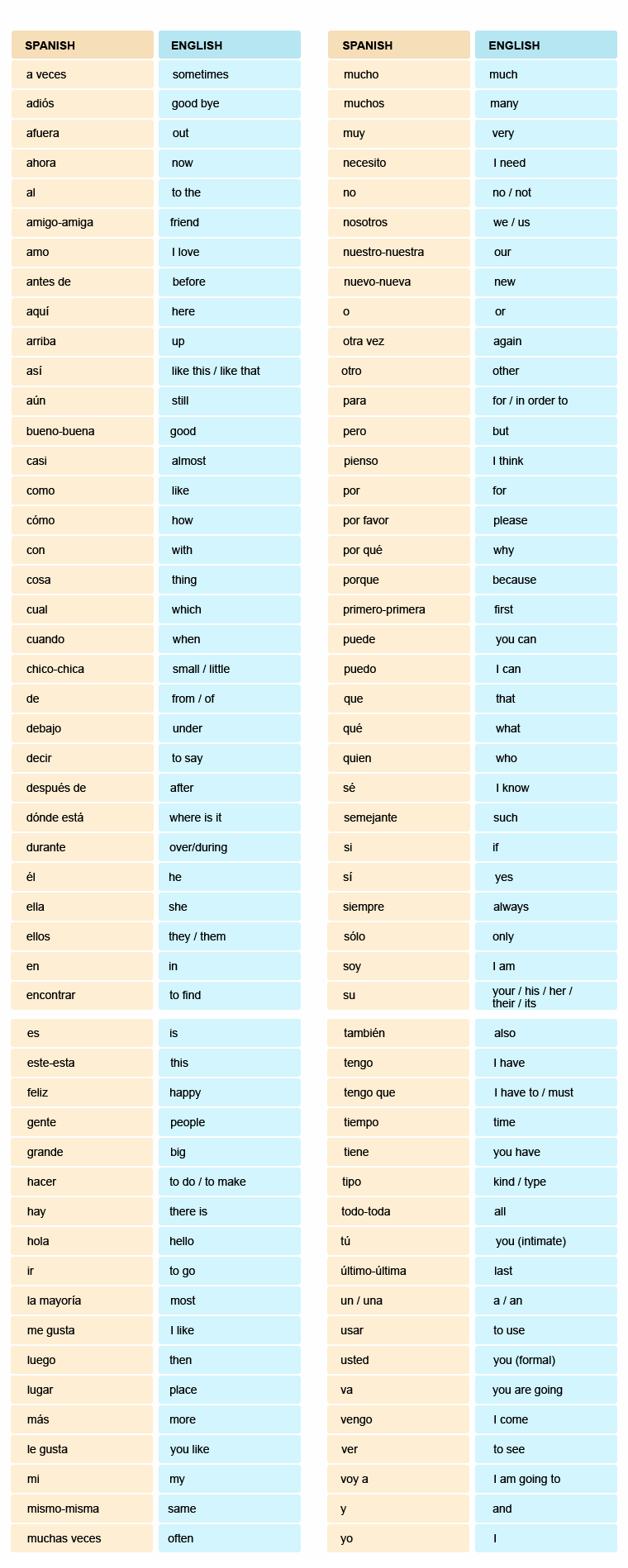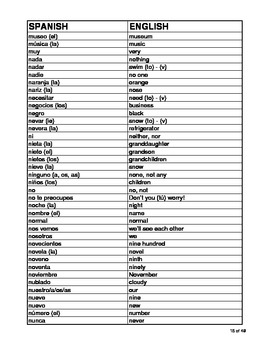

Despite their many valuable contributions and their work among the Indians and Negroes, the superior Council of Louisiana, imitating that of Paris, suppressed the society in its province, confiscated their property, and expelled its members. The Jesuits also introduced into Louisiana the culture of sugar-cane, oranges, and figs. The convent they occupied was the oldest building within the territory of the Louisiana Purchase, and into it they received the first American-born nun, an Iroquois Indian, Mary Turpin. They reached New Orleans, August 6, 1727, and founded the first convent for women within the present limits of the United States. Father Nicolas Ignatius de Beaubois, S.J., the founder of the Jesuit mission in New Orleans, brought over a congregation of Ursulines to minister in a hospital and school. As early as 1725 New Orleans had 600 Catholic families. On the division of Louisiana into three ecclesiastical portions, May 1722, New Orleans was entrusted to the Discalced Carmelites, who were superseded by the Capuchins who had come to Louisiana, in 1720. In 1721Father François de Charlevoix, S.J., one of the earliest historians of Louisiana recounts that he "said Mass in a large wooden warehouse, a chapel being under construction at the time." The "Company of the West" to which New Orleans was transferred, 1717, by the Duke of Orleans, was obliged to furnish and support churches and priests under the authority of the Bishop of Quebec. In 1718 Bienville selected the present site of New Orleans as provincial headquarters and the plans as drawn up by the Chevalier Le Blond de La Tour included a parish church which was dedicated to Saint Louis, and occupied the spot which the old Saint Louis Cathedral later occupied. It was placed under the authority of the Bishop of Quebec, and the Indians of the territory were under the spiritual jurisdiction of the Jesuits. Catholic missionaries accompanied the Catholic discoverers, De Soto, Iberville, La Salle, and Bienville, in the exploration of the territory embracing New Orleans. Core English and Spanish vocabulary is given thorough coverage and key phrases are highlighted, offering all the support needed for children to study the new curriculum.From its very early history Catholics have been connected with the development of New Orleans.


Themed pages, fun illustrations, and simple examples help children to remember words and translations. Specifically designed to meet the needs of children aged 7-11 learning Spanish at primary school or at home, this easy-to-use, colorful dictionary provides the perfect reference for the new curriculum with detailed coverage of core English and Spanish vocabulary. Specifically designed to meet the needs of children aged 7-11 learning Spanish at primary school or at home, this easy-to-use, colorful dictionary provides the perfect reference for the new curriculum with detailed coverage of core English An ideal primary school dictionary of Spanish for kids, developed to help improve Spanish language skills at home and in the classroom. An ideal primary school dictionary of Spanish for kids, developed to help improve Spanish language skills at home and in the classroom.


 0 kommentar(er)
0 kommentar(er)
